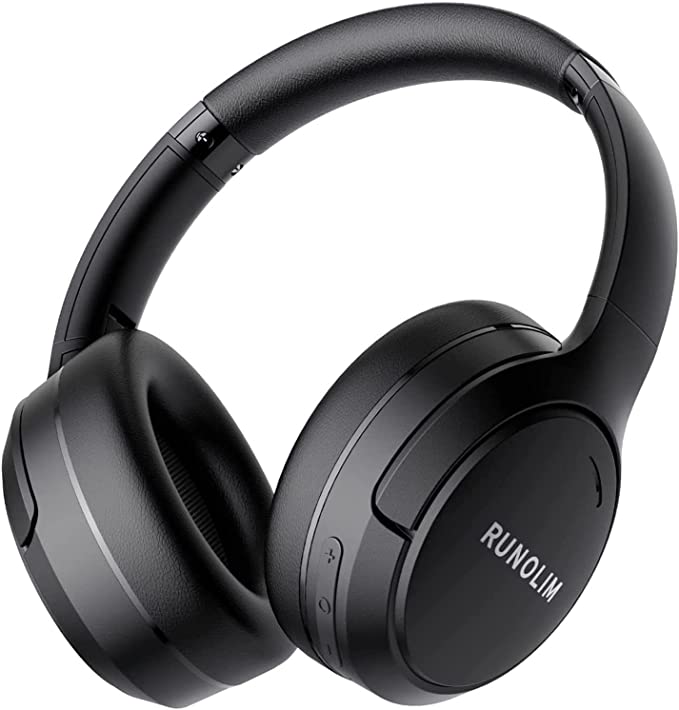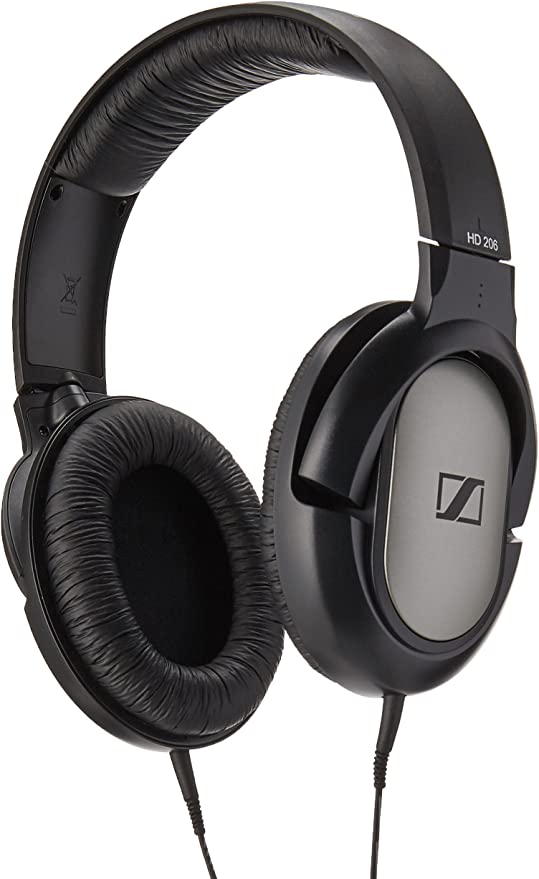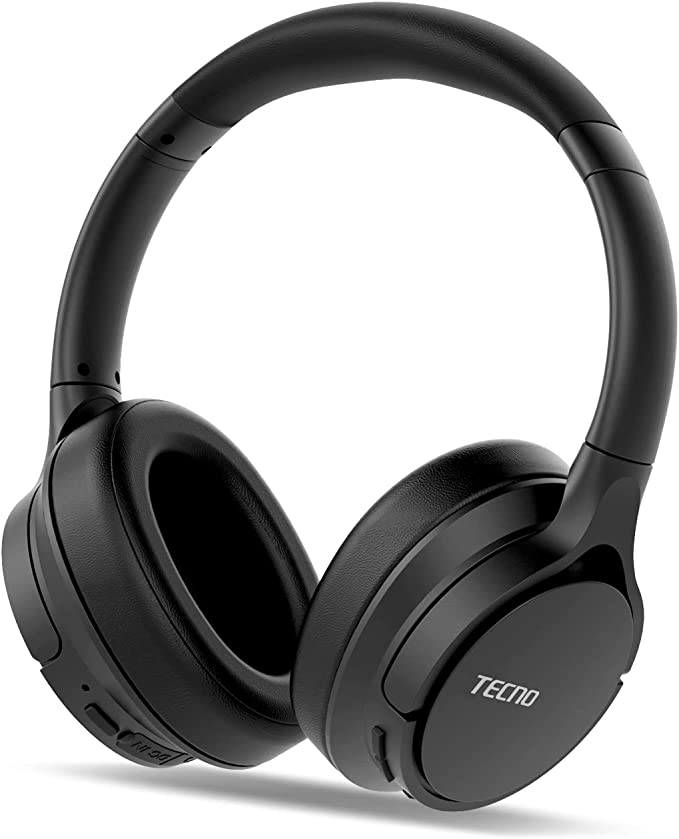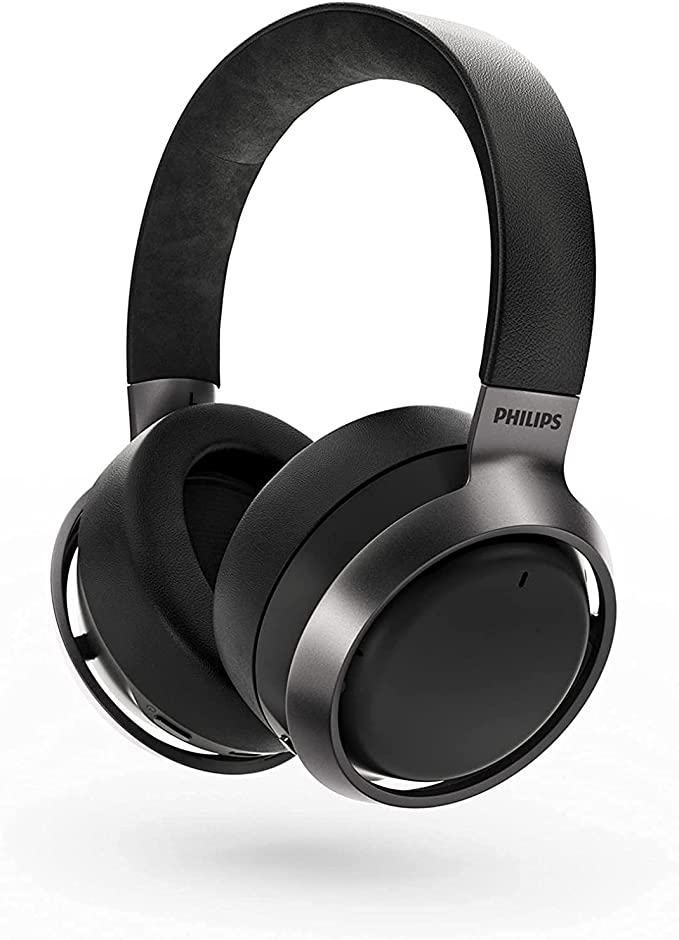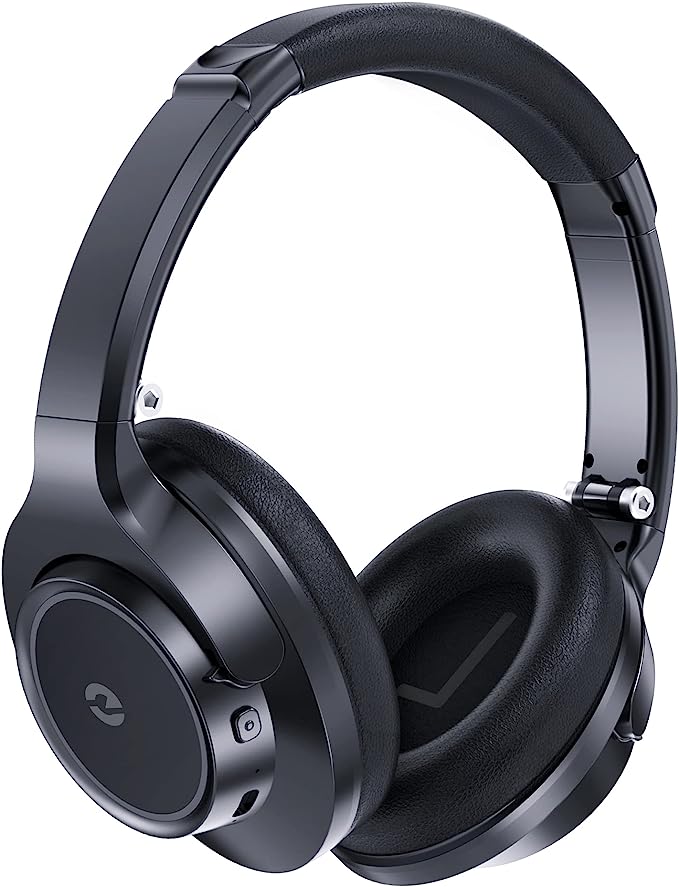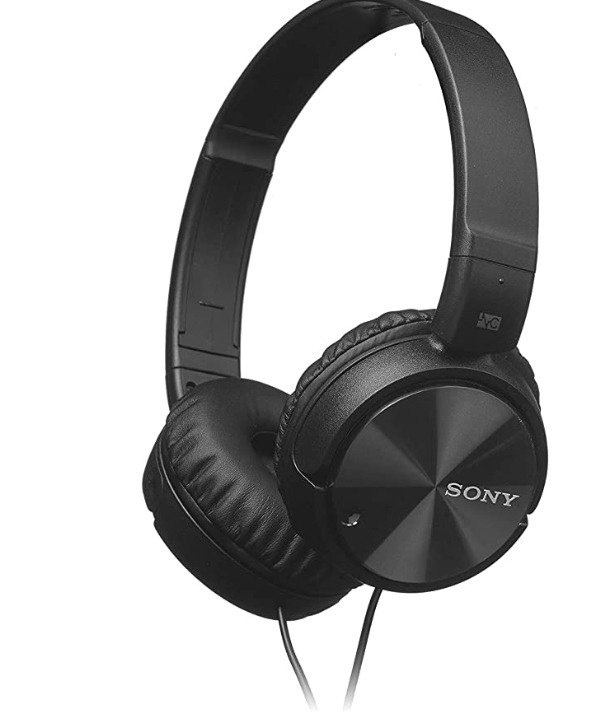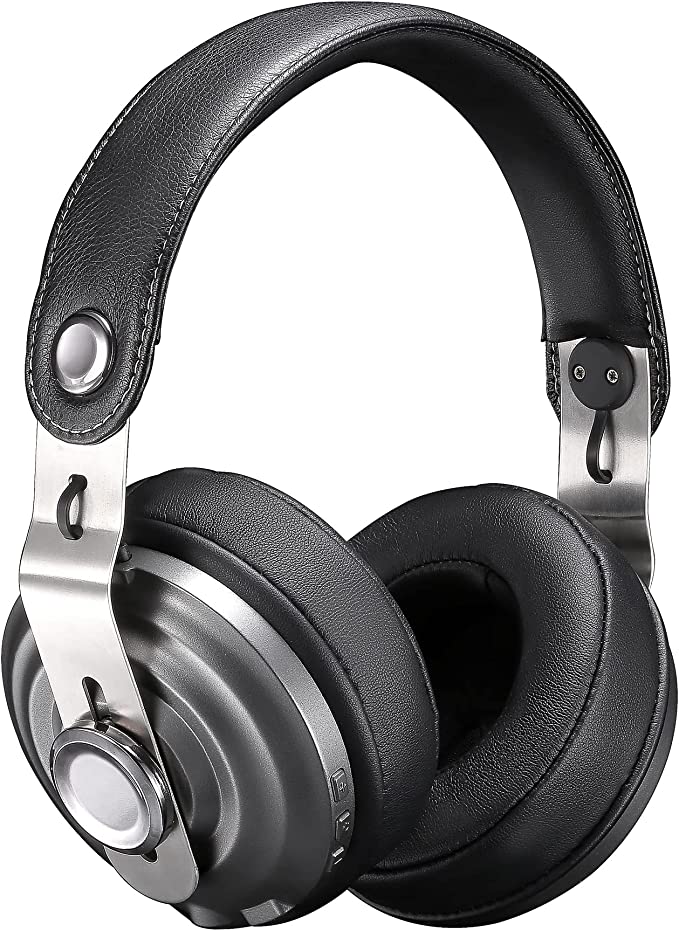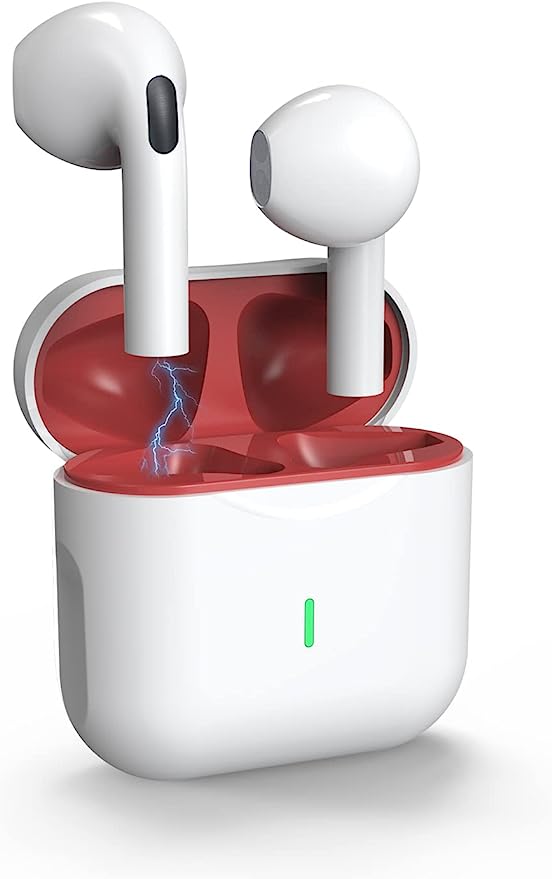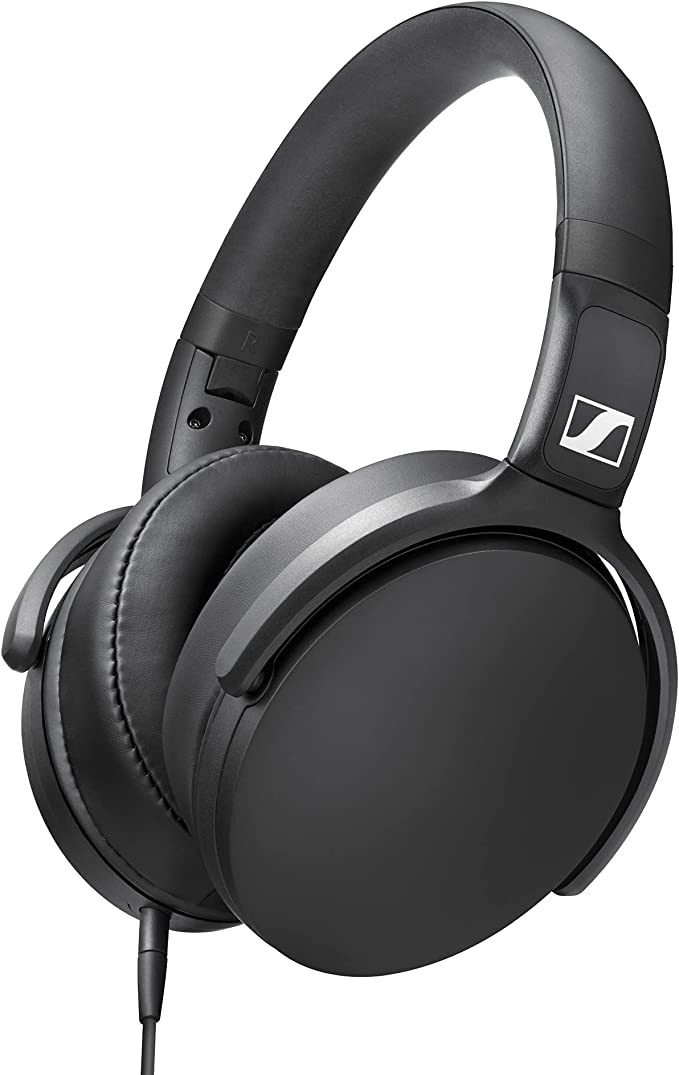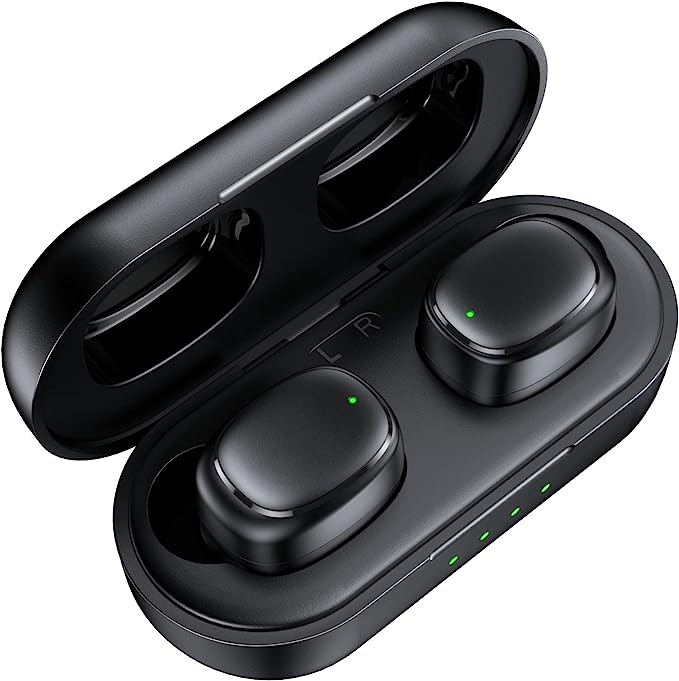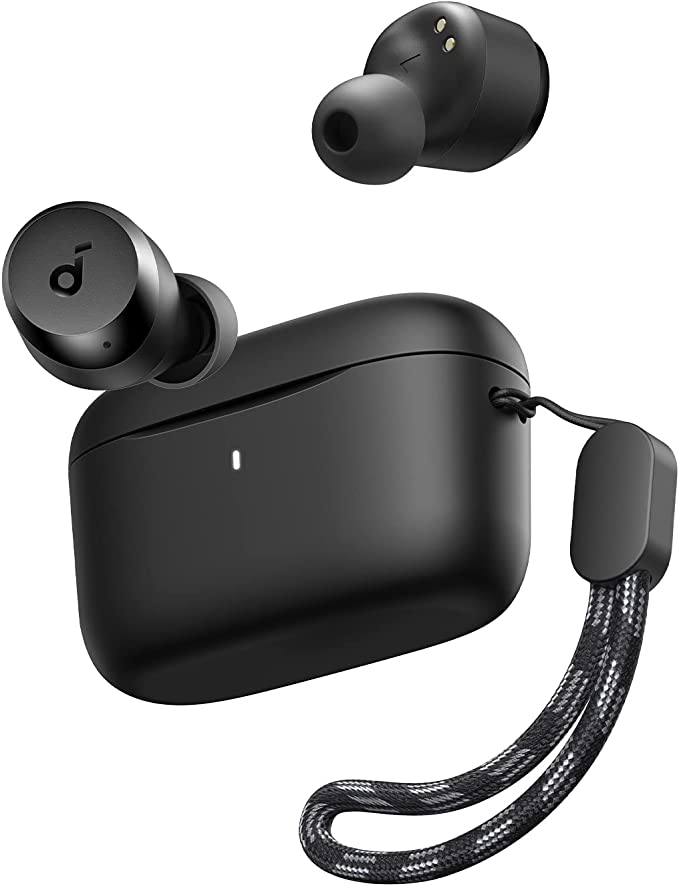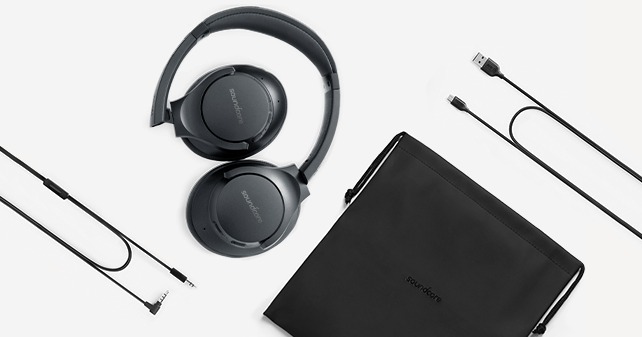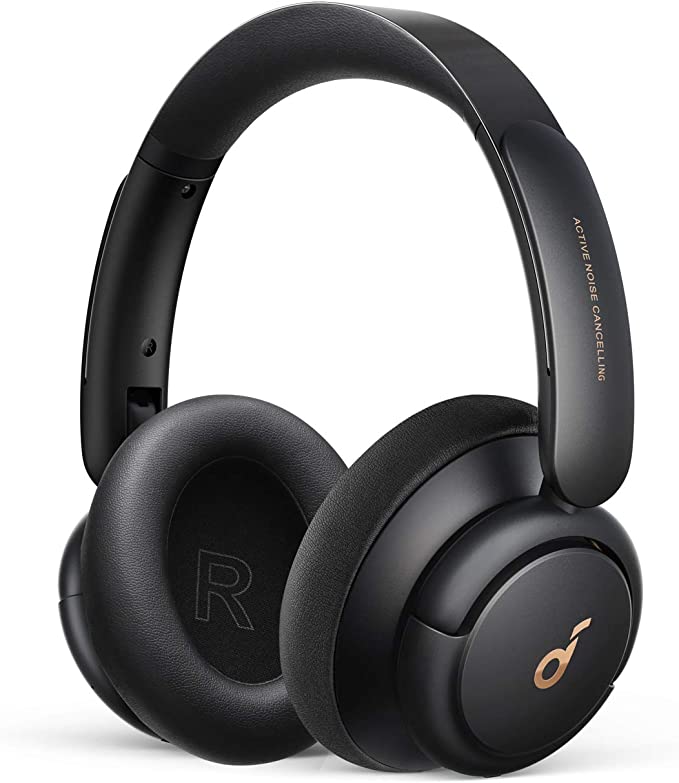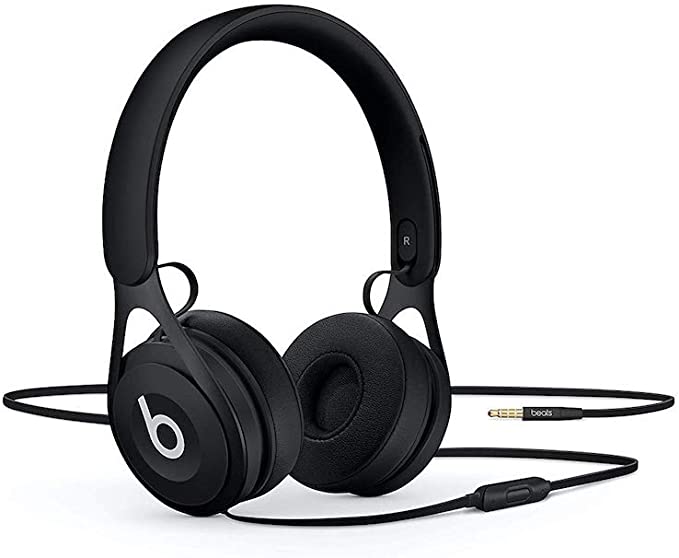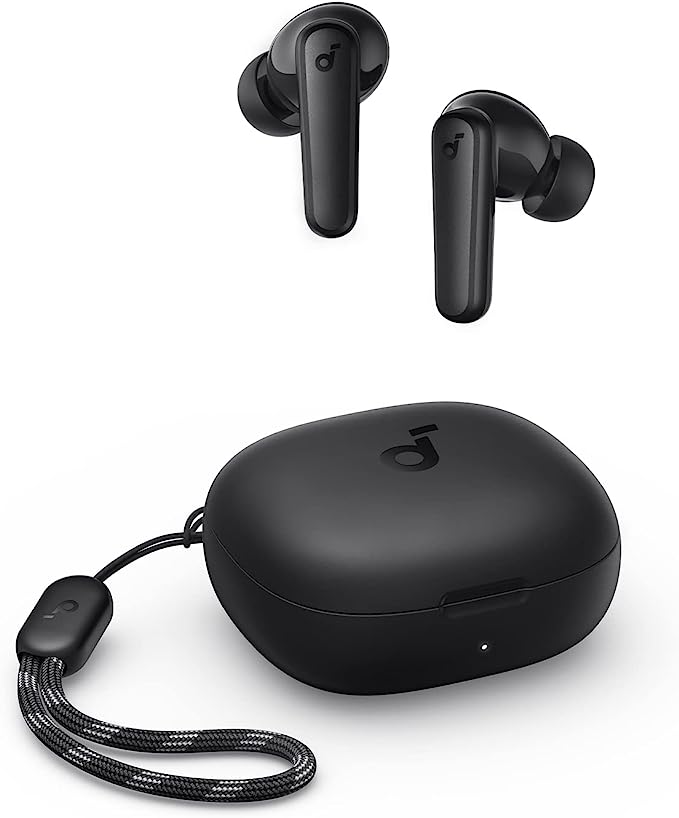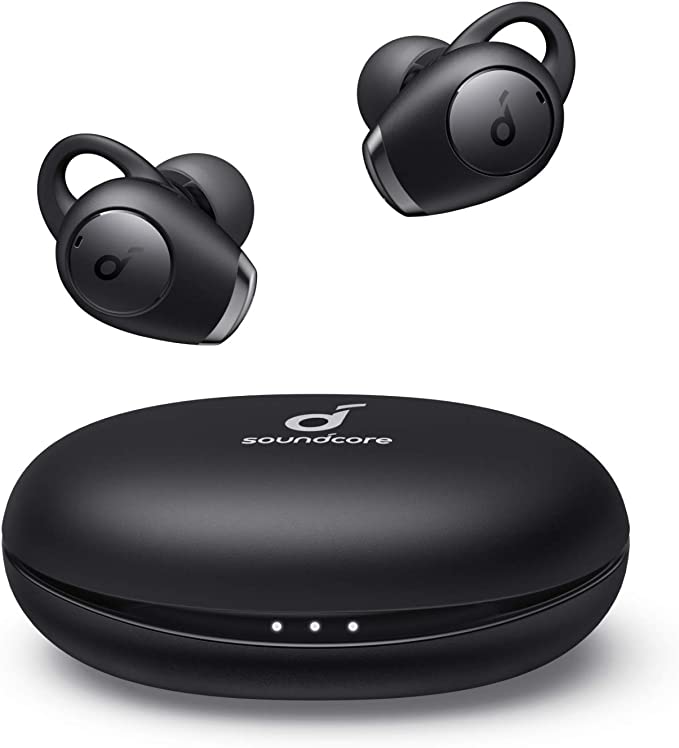Sennheiser Momentum 4 Wireless: The Science of Sound, Silence & 60-Hour Stamina
Update on April 4, 2025, 7:20 a.m.
Our modern world hums, buzzes, and roars. Amidst this cacophony, we increasingly seek refuge in our personal audio bubbles – spaces carved out for focused work, immersive entertainment, or the simple solace of music. Headphones, once simple accessories, have evolved into sophisticated electroacoustic systems, miniature marvels of engineering designed to manage our relationship with sound. They promise not only to deliver our chosen audio but also to shield us from the sonic intrusions of the environment.
But how do they achieve this? What complex interplay of physics, electronics, and material science allows a device resting on our ears to transport us sonically while silencing the world outside? Using the Sennheiser Momentum 4 Wireless headphones as a detailed case study, let’s embark on an exploration of the fascinating technology embedded within contemporary wireless audio devices. Our goal isn’t simply to review this product, but to understand the how and why behind its features, peeling back the layers to appreciate the engineering ingenuity involved.

Taming the Noise – The Intricacies of Adaptive Noise Cancellation
One of the most sought-after features in modern headphones is Active Noise Cancellation (ANC). The constant drone of an airplane cabin, the rumble of a commuter train, or the low-frequency hum of office HVAC systems can be more than just annoying; they can be genuinely fatiguing. ANC offers an electronic solution to this acoustic problem, a counter-intuitive approach that fights sound with sound.
At its heart, ANC relies on the principle of destructive interference. Imagine dropping two pebbles into a still pond; where the crest of a wave from one pebble meets the trough of a wave from the other, the water flattens. ANC works similarly with sound waves. Microphones mounted on the outside of the headphone earcups continuously listen to the ambient noise. This captured sound signal is fed into a specialized Digital Signal Processor (DSP). The DSP rapidly analyzes the incoming noise waveform and generates a precise opposite waveform – an “anti-phase” signal. This anti-phase signal is then played through the headphone’s internal speakers. When the external noise wave and the internally generated anti-phase wave reach your eardrum simultaneously, they effectively cancel each other out, particularly for constant, low-frequency sounds. Think of it as +1 and -1 summing to zero.
Early ANC systems were effective but sometimes static. The Momentum 4 employs Adaptive Noise Cancellation. This implies a more sophisticated system that doesn’t just apply a fixed cancellation profile. It utilizes both external (feed-forward) microphones to sample ambient noise before it reaches the ear and internal (feed-back) microphones located inside the earcup to measure the sound actually reaching the listener’s ear, including the cancellation signal’s effect. By comparing these signals, the DSP can continuously fine-tune the anti-phase signal in real-time, adjusting the level and characteristics of the cancellation to match changing environmental noise conditions. This allows for potentially more effective noise reduction across a wider range of scenarios without over-cancelling or introducing unwanted artifacts in quieter moments.
Of course, complete isolation isn’t always desirable. The inverse of ANC is Transparency Mode. With a simple command (like a double-tap on the Momentum 4’s touch panel), the system reverses its function. Instead of cancelling external sounds, the outward-facing microphones capture ambient sounds (voices, traffic warnings, announcements) and relay them purposefully through the headphone speakers, allowing you to hear your surroundings clearly without taking the headphones off. The intensity of this effect is often adjustable via a companion app, like the Sennheiser Smart Control app, letting you blend awareness with your audio.
The real-world impact of effective ANC, as often reported by users of capable headphones like the Momentum 4, is significant. It transforms noisy commutes into productive or relaxing journeys and allows for deeper focus in open-plan offices or while traveling. While subjective comparisons found in user feedback place its absolute noise-blocking capability relative to top competitors (like certain models from Sony or Bose) variably, the consensus points towards a substantial and welcome reduction in environmental intrusion.
The Pursuit of Fidelity – Crafting Sound Over the Airwaves
Silencing the outside world is only half the equation; delivering compelling audio is the ultimate purpose. Here, Sennheiser leans on its extensive audio heritage. The Momentum 4 utilizes custom-tuned 42mm dynamic transducers. A transducer is the component that converts electrical audio signals back into audible sound waves – essentially, a miniature loudspeaker driver. In a dynamic transducer, the electrical signal flows through a voice coil attached to a diaphragm (a thin membrane), all suspended within a magnetic field. The fluctuating current causes the coil and diaphragm to vibrate, moving air and creating sound.
The 42mm diameter is relatively large for headphone drivers. Generally, a larger diaphragm surface area has the potential to move more air, which can contribute to better reproduction of low frequencies (bass) and potentially handle higher volumes with less distortion. The specific material of the diaphragm and the design of the surrounding magnet structure and enclosure are critical in determining the transducer’s overall performance – its accuracy, speed (transient response), and frequency range.
The specified frequency response of 6 Hz to 22,000 Hz for the Momentum 4 describes the theoretical range of frequencies the transducer can reproduce. While the lower limit of 6 Hz extends well below human hearing (typically ~20 Hz), and the upper limit of 22 kHz slightly exceeds it (~20 kHz, decreasing with age), a wide response range often indicates a driver capable of handling complex musical passages without struggling at the frequency extremes. More critical than just the range is the flatness or accuracy of the response across the audible spectrum, meaning it doesn’t excessively boost or cut certain frequencies unless intentionally tuned that way. Low Total Harmonic Distortion (THD), specified as < 0.3% at 1 kHz, 100 dB SPL, suggests that the headphones introduce very little unwanted harmonic content, preserving the purity of the original signal even at reasonably loud levels.
Transmitting this potentially high-quality audio signal wirelessly via Bluetooth presents its own set of challenges. Bluetooth audio inherently requires compression to fit the audio data within the available bandwidth. The baseline codec, SBC (Subband Codec), is universally supported but offers fairly basic audio quality due to its relatively high compression. Think of it like a heavily compressed JPEG image – functional, but details are lost.
To improve upon this, the Momentum 4 supports more advanced codecs. AAC (Advanced Audio Coding) is favored by Apple devices and generally offers better perceived quality than SBC at similar bitrates. The most sophisticated codec supported here is Qualcomm’s aptX™ Adaptive. This is a clever evolution of the aptX family. Instead of using a fixed bitrate like earlier aptX versions (aptX, aptX HD), aptX Adaptive dynamically adjusts the audio bitrate (the amount of data used per second) based on the quality of the radio frequency (RF) environment between the headphones and the source device, and potentially the type of content being played. In good RF conditions, it aims for higher bitrates closer to CD quality (~420 kbps). If interference occurs, it can scale down the bitrate gracefully (to ~280 kbps) to maintain a stable connection, minimizing dropouts and glitches. It also incorporates low-latency technology, crucial for synchronizing audio with video content or for gaming. Having aptX Adaptive support means the headphones can potentially deliver the best possible wireless audio quality that the connection and source device allow, striking a dynamic balance between fidelity and robustness. Much like modern video streaming services automatically adjust resolution based on your internet speed, aptX Adaptive optimizes the audio stream on the fly.
Of course, individual hearing and preferences vary. The Sennheiser Smart Control app allows users to further tailor the sound using an equalizer (EQ) to boost or cut specific frequency ranges, apply presets, or even use a guided “Sound Personalization” test to create a profile supposedly matched to their unique hearing characteristics. User feedback frequently praises the Momentum 4’s sound signature for its clarity, detail retrieval, and well-balanced bass response – suggesting Sennheiser’s tuning and the capable hardware/codec combination deliver a rewarding listening experience for many.
Unplugged Freedom – Engineering for Marathon Battery Life
In the realm of wireless headphones, battery life has become a major battleground. Constantly needing to recharge can be a significant annoyance, interrupting listening sessions or leaving you powerless on long journeys. The Momentum 4 makes a bold claim: up to 60 hours of playback time with ANC enabled. This figure positions it among the leaders in its class and dramatically alters the user relationship with charging.
Achieving such endurance isn’t magic; it’s the result of careful engineering across multiple fronts. Firstly, the foundation is the built-in rechargeable battery, specified as a 3.7V, 700mAh lithium-polymer unit. Lithium-polymer batteries offer good energy density (more power in a given size/weight) and can be formed into flexible shapes, making them suitable for space-constrained headphone designs. While 700mAh is a respectable capacity, it alone doesn’t explain the 60-hour figure.
Significant contributions come from efficiency improvements. The Bluetooth 5.2 standard itself is designed with power efficiency in mind, especially for data transmission compared to older versions. Furthermore, the integrated circuits – the main processor (DSP) handling audio, ANC, and Bluetooth communication – have become increasingly power-optimized over generations. Sophisticated power management techniques likely allow parts of the circuitry to enter low-power states when not actively needed. The efficiency of the amplifier driving the transducers also plays a role.
For the user, this technical confluence translates into remarkable freedom. It means potentially weeks of typical daily use (commuting, work calls) between charges, or easily handling multiple cross-continental flights without reaching for a charger. When charging is finally necessary, fast charging support provides a significant boost – the source material mentions obtaining up to 6 hours of playback from just a 10-minute charge via the USB-C port, mitigating the inconvenience of a depleted battery. This exceptional battery performance is one of the most consistently praised aspects in user accounts.

The Human Connection – Comfort, Control, and Clear Communication
Technological prowess must be matched by user-centric design for a truly successful product. Headphones are worn, often for extended periods, making comfort paramount. Sennheiser addressed this through several design choices on the Momentum 4. The specified weight of approximately 293 grams is relatively light for feature-packed over-ear headphones. The headband incorporates padding, and the circum-aural earpads are described as deep and soft, designed to fully enclose the ears without excessive pressure. The mechanism connecting the earcups to the headband features a low-friction hinge, allowing for easy adjustment to accommodate different head shapes and sizes while aiming for even pressure distribution. Long-term comfort is subjective and depends heavily on individual head and ear geometry, but many user reports suggest these design elements succeed in making the Momentum 4 comfortable for multi-hour listening sessions.
Interaction with the headphones relies on a combination of a multi-function physical button and a capacitive touch panel integrated into the outer surface of the right earcup. The button handles power, pairing initiation, and voice assistant activation. The touch panel recognizes gestures: tapping for play/pause, swiping vertically for volume adjustment, swiping horizontally for track skipping, and even pinch/stretch gestures (using two fingers) for adjusting the ANC/Transparency intensity level. While touch controls offer a modern, streamlined interface, they can sometimes be a source of frustration. Capacitive sensing relies on detecting changes in electrical capacitance caused by a finger’s proximity or touch. The sensitivity threshold and the algorithms interpreting the gestures determine how reliably inputs are registered. Some user feedback mentions that the Momentum 4’s touch controls can occasionally be overly sensitive, leading to accidental triggers (e.g., brushing against clothing), or require a specific touch to register accurately, suggesting a potential adjustment period for new users.
Clear voice communication during calls is another critical function. The Momentum 4 employs a four-microphone array using MEMS (Micro-Electro-Mechanical Systems) technology – tiny microphones built using semiconductor fabrication techniques. More importantly, it utilizes beamforming. This is a signal processing technique that leverages the physical spacing of the microphones in the array. By analyzing the slight differences in the arrival time and intensity of sound waves at each microphone, the DSP can computationally “steer” the listening focus towards the user’s mouth while simultaneously suppressing sounds coming from other directions (ambient noise). This spatial filtering significantly improves the clarity of the user’s voice for the person on the other end of the call, especially in noisy environments or windy conditions (where additional wind noise reduction algorithms also likely play a part). User accounts generally reflect positively on the call quality delivered by this system. The Sidetone feature, adjustable via the app, also contributes by feeding a subtle amount of the user’s own voice back into the headphones during calls, preventing the common tendency to speak too loudly when ears are covered.
Weaving the Wireless Web – Connectivity and Versatility
The wireless connection is mediated by Bluetooth 5.2. This version offers benefits in terms of potential range, connection stability, and, as mentioned, power efficiency compared to older standards. It also provides the foundation for features like multi-point pairing. The Momentum 4 supports simultaneous connection to two source devices (e.g., a laptop and a smartphone). This allows users to, for instance, listen to music from their laptop and seamlessly switch to answer an incoming call on their phone without manually disconnecting and reconnecting. The headphone’s internal chipset manages which device’s audio stream takes priority.
However, wireless environments can be complex and unpredictable. Radio frequency interference from other devices (Wi-Fi routers, microwaves, other Bluetooth devices) or physical obstructions can impact Bluetooth stability. While Bluetooth 5.2 aims to improve robustness, it’s worth noting that some user reviews included in the source material report experiencing occasional Bluetooth dropouts or connectivity issues with the Momentum 4. As is common with sophisticated electronic devices, firmware updates released by the manufacturer over the product’s lifecycle (a possibility mentioned by one reviewer in the source) can often address such stability concerns and improve performance.
Recognizing that wireless isn’t always possible or desirable, the Momentum 4 retains versatility through wired connections. It includes a detachable audio cable with a 2.5mm connector for the headphone end and a standard 3.5mm connector for the source device. Plugging in this cable automatically disables the Bluetooth radio, entering a ‘flight mode’ suitable for airplane use or connecting to devices without Bluetooth, or when the battery is depleted (though ANC requires battery power). Furthermore, the USB-C port serves double duty: it handles charging but also supports direct digital audio input from compatible computers or mobile devices, potentially offering another high-quality listening option and bypassing the device’s internal headphone jack circuitry. An airplane adapter is also included, catering specifically to legacy in-flight entertainment systems.

Conclusion: A Convergence of Engineering Disciplines
Exploring the Sennheiser Momentum 4 Wireless reveals far more than just a pair of headphones; it showcases a convergence of diverse engineering disciplines. Acoustic engineers meticulously design transducers and enclosures to shape sound. Electrical engineers craft low-power, high-performance circuits for processing and communication. Software engineers develop sophisticated algorithms for noise cancellation, audio enhancement, and wireless protocols. Material scientists select polymers and textiles for comfort, durability, and acoustic properties. Human factors engineers refine the ergonomics and user interface for intuitive interaction.
The result is a device that aims to seamlessly integrate into our lives, offering control over our personal soundscape, delivering high-fidelity audio reproduction, providing the freedom of extended wireless operation, and facilitating clear communication. Understanding the science and engineering principles behind features like adaptive noise cancellation, advanced Bluetooth codecs, long-life batteries, and beamforming microphones allows for a deeper appreciation of the complexity and ingenuity embedded within these everyday tools. While user experiences and objective performance relative to competitors will always involve nuances and trade-offs, dissecting the technology within provides valuable insight into the capabilities and design choices shaping the modern personal audio landscape. It reminds us that even the quest for a quiet moment or a perfect song is, increasingly, a triumph of applied science.
